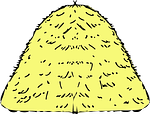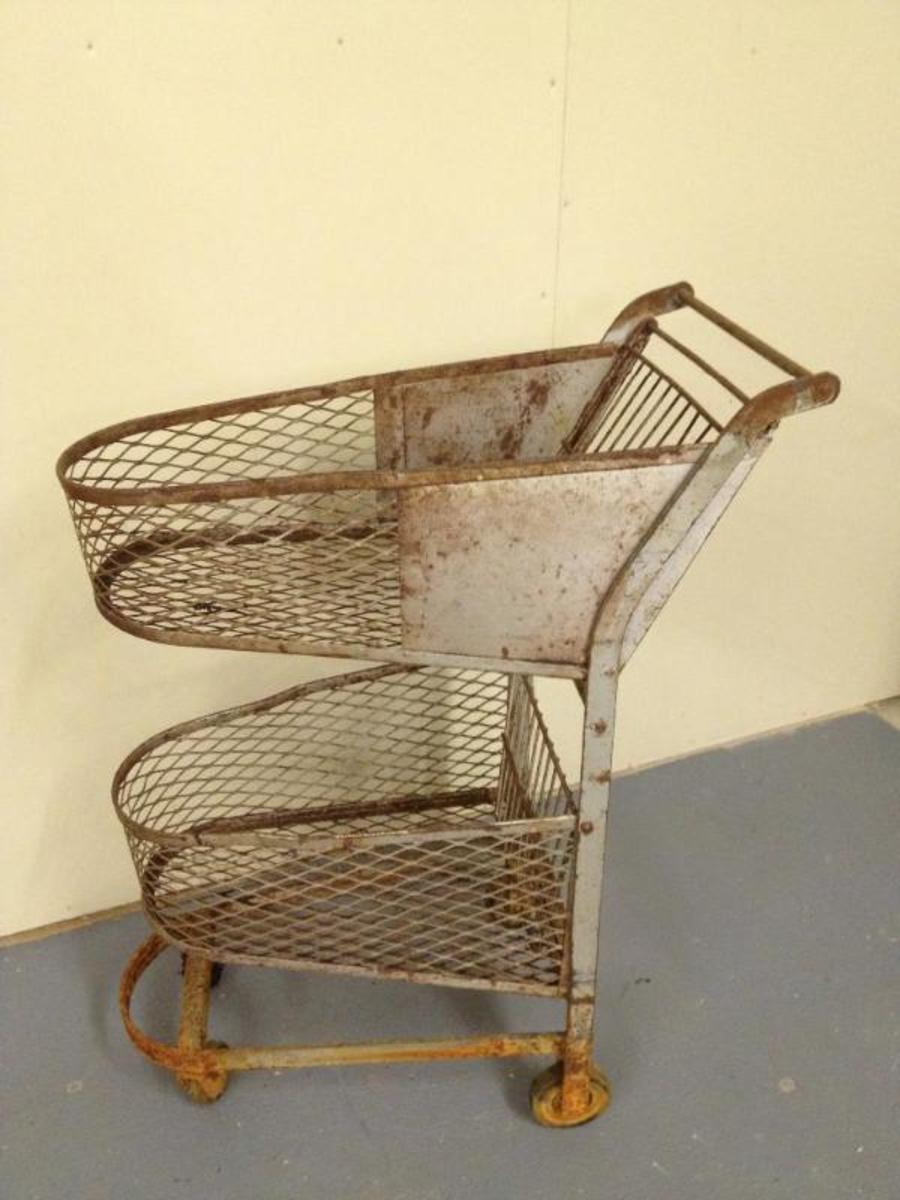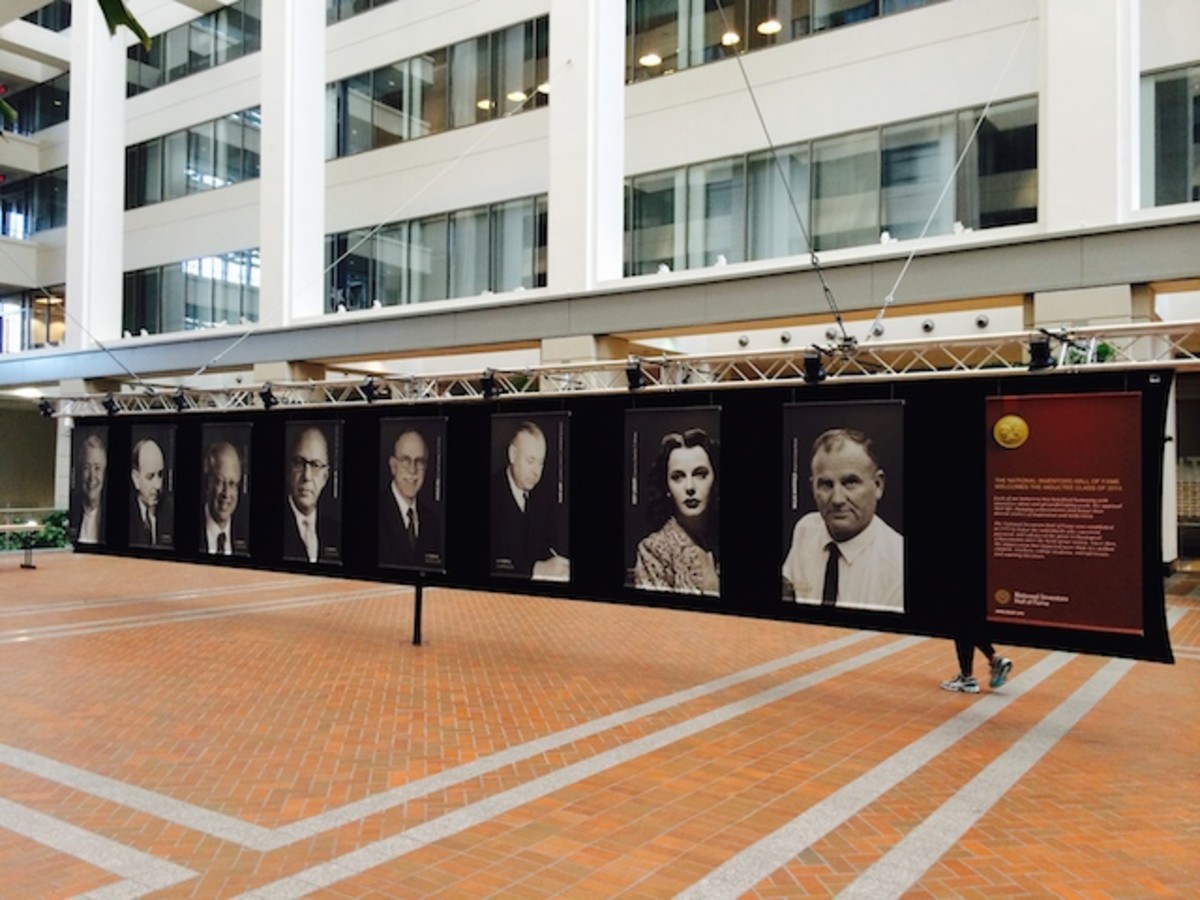How to Do a Patent Search

There are many types of patent searches. Simple patent searches can be done quickly and inexpensively. Complex searches can take months and cost tens of thousands of dollars or more. Before doing a patent search, it is necessary to ask: “What’s the purpose of the search?” The answer will impact how long the search will take, and its cost. Here is how to conduct a reasonable patent search in several common situations.
No Patent Search Required
There are limited situations where it's reasonable to prepare and file a patent application without doing a search. For example, if the inventors are experts in the field, it can be reasonable to file an application based on the assumption that the inventors are aware of all important prior art in their field. Or, it may be reasonable for an independent inventor on a tight budget to file for a patent without searching in order to save the money and time needed for the search. In these situations, a search will eventually be done by the U.S. Patent Office when the application is examined. Thus, a search will still be performed, but its cost will be included in the patent filing fee.
There is no legal requirement to perform a novelty search before filing a patent application. The only requirement is for the inventors and anyone substantively involved in preparing or prosecuting the application to disclose any material prior art of which they are aware to the U.S. Patent Office. Not performing a search involves a tradeoff: it saves the time and money that would have been spent on the search, but at the risk of filing a patent application that ends up being rejected.
Novelty Search for a Typical Patent Application
The most common situation when a patent search is conducted is in connection with deciding whether to file a patent application on a typical invention, or deciding how to focus a patent application for a typical invention. If the results of the novelty search show that an invention is not new, there is no reason to file for a patent. If the results show that only a feature of the invention is new, the application can focus on that feature.
In this context, a “typical” invention is an invention that merits spending perhaps $5,000 or $10,000 to protect, but for which there is no pressing reason to obtain exclusivity in the marketplace. Most patented inventions fall within this category, since their value is unknown at the time they are patented. For example, when an independent inventor makes an invention, he rarely knows if it will be successfully commercialized until years later. For another example, when a corporation's product development team makes several inventions while developing a product, it may be years before they know which (if any) of the inventions are valuable.
Many times, it is reasonable to conduct a simple novelty search for a typical invention. A time and cost-effective way to conduct a simple novelty search is to hire a professional searcher. Many professional searchers are former patent examiners who are familiar with the searching techniques used by the U.S. Patent Office, and so are likely to find the same prior art that will be cited by the patent examiner. A simple Google search for “patent search firm” will find a number of these firms. The cost of a novelty search typically starts at about $250 for simple mechanical inventions, $500 for normally complex inventions, and up to $1000.
Simple novelty searches can also be done online. The U.S. Patent Office offers guidance for performing searches at http://www.uspto.gov/patents/process/search/. They also offer searchable databases, including full text searching of patents issued since 1976. Another good online resource is Google (http://www.google.com/advanced_patent_search).
Simple novelty searches can also include Internet searches using Google or other web search tools. In fast moving fields like social networking, Internet searching may be more successful at finding prior art than patent database searching.
Novelty searches for typical inventions tend to be straightforward searches that are conducted quickly and inexpensively. Their results do not guarantee they have found the most important prior art, and other relevant prior art may exist that is not found. These searches are usually “complete” when the resources set aside for them are exhausted. For example, if a search firm charges $500 for a novelty search, they will complete the search once their searcher has spent $500 worth of time on the search.
Patentability Search for a High-Value Patent Application
A less common situation where patent searches are done is in connection with high-value inventions and patent applications. “High-value” inventions exist where there are high-stakes reasons why it’s important to obtain exclusivity in the marketplace. An example of a high-value invention is where a company decides to invest millions of dollars to build a factory to produce a patented product based on a business plan that involves getting a premium price.
Patentability searches for high-value inventions require more time and resources than novelty searches for typical inventions. Such searches involve multiple steps controlled by a patent attorney, technology manager, or other IP-savvy professional. One step is often to hire a professional patent searcher as discussed above, except the budget is often be much higher. However, these searches usually involve one or more additional steps to find more prior art.
Another step commonly performed for patentability searches for high-value inventions is to expand the scope of the search to include non-patent literature. Sources include non-patent databases available from information companies such as LexisNexis, Hoovers, Westlaw, etc. Many fields of technology also have their own specialized databases. Other good sources of information for patentability searches include libraries and technical journals.
Yet another step commonly performed for patentability searches for high-value inventions is to search in other countries and regions of the world. For example, it is possible to perform online searches of patent databases provided by the European and Japanese Patent Offices. When language is a barrier, parts of the search can be performed by agents outside of the U.S.
Patentability searches for high-value inventions are more expensive and complex than the novelty searches for typical inventions. In setting a budget for these searches, it is advisable to consider the amount of risk should the search be unsuccessful by not finding material prior art. For example, if a company is contemplating an investment of $25 million on a factory to build a patented product, it may be reasonable to spend tens or even hundreds of thousands of dollars on a thorough patentability search to make sure they can obtain a valid patent.
A way to determine when a patentability search for a high-value invention is complete is when new searching finds no prior art that wasn’t previously found. This is a sign that all material prior art has been found, though it is no guarantee that other prior art has not yet been found.
Patent Search to Knock Out a Patent during Litigation
The most intense patent searches occur during patent litigation, after one company accuses another company of infringing its patent. The stakes are very high in these situations, since a company found to infringe a patent can be liable for millions or even billions of dollars, and can be forced to stop making, using or selling one or more of its products. Since the patent can be invalidated by finding the right prior art, patent searches that occur during patent litigation tend to be very expensive and time-consuming.
Along with all of the searching steps described above, patent searching in the context of litigation can include interviews with experts in the field, interrogatories with the inventor(s), in-person searches in libraries, museums or other archives located anywhere in the world, or other types of searching that might succeed in finding the “needle in the haystack” piece of prior art that will impact the litigation. The amount of time and money spent on these types of searches depend on the stakes in the lawsuit.
Other Intellectual Property Articles
Disclaimer: The author has retired from the practice of law. This cursory article is for information purposes only, is not legal advice, and does not establish any attorney-client relationship. The author encourages any reader with questions about how to conduct a patent search to contact an attorney.










